Fountain Grass
$69.50 Original price was: $69.50.$48.65Current price is: $48.65.
- Free Shipping over $25
- Fast & reliable delivery options
- Enjoy top quality items for less
- Multiple safe payment methods

Of all the ornamental grasses, there is one that always draws attention and praise from everyone who sees it. This is Fountain Grass, an easily grown grass of striking beauty. If you are new to ornamental grasses, this is where you should start. If you are experienced with them, you already know this is one you can never be without. Fountain Grass grows reliably in almost every garden, and it makes a wonderful show for months and months.
Fountain Grass (Pennisetum alopecuroides) is native to parts of southern Asia, Japan and Australia, where it grows naturally in grassy areas. It is an upright clump-forming grass with narrow, upright leaves that arch over, with many leaves forming a clump, creating a fountain-like effect. The leaves are less than ½ an inch wide, mid-green in color and 2 to 4 feet long. Typically this grass grows into mounds of arching foliage, with many seed stalks rising above the foliage, creating a wonderful effect that you will love. It sways gracefully in every breeze, yet it stands up even to strong winds in open, windswept places. Overall this plant will be 2 to 3 feet tall and the same across, but under ideal growing conditions older plants can be a foot taller when in flower.
From within the foliage flower stems will emerge by mid-summer, and last right into winter. These have fluffy ends like a bottle-brush, and it is these many flower heads sprouting upwards and outwards that create the fountain effect that makes this plant so outstanding. The heads begin silvery beige in color, with a pink flush, turning lighter as the seeds mature. Then they turn pale straw colored in fall. These seed spikes can be cut at any time for floral arrangements, and they can be hung upside down to dry for long-term indoor display in winter.
Using Fountain Grass in Your Garden
You can use Fountain Grass virtually anywhere in your garden. Plant it as single plants or groups among other flowering plants, or with other kinds of grasses. Use it in a row to edge a bed of large shrubs. Make an informal hedge by planting it in a row, dividing one part of your garden from another. Plant along a pathway or driveway to create a lovely effect. Space plants in rows or groups between 2 and 3 feet apart, depending on the effect you want to create.
This plant also does well in planter boxes, containers and pots. Make sure they have drainage holes and water regularly, letting the soil become moderately dry between each watering. Use a liquid fertilizer recommended for foliage-plants while your new plants become established.
Sun Exposure and Soil Conditions
Fountain Grass loves the sun, and it thrives in hot sunny places. It grows well in any well-drained soil, and it is untroubled by poor soils. Part of the reason for the popularity of this plant is how easy it is to grow almost anywhere. It is fast growing, and the plant you put into the ground in spring or early summer will quickly become a full-sized plant by fall.
Fertilizing
Some fertilizer will help plants in the garden become established quickly, but it is not really necessary in ordinary garden soil. Water regularly when first planted, but once established plants are drought-resistant and only need water if the soil becomes very dry. Do not over-water. This plant is normally free of pests or diseases, and deer usually leave it alone.
Hardiness
This plant is hardy from zone 5 to zone 9. It may survive in colder zones in well-drained soil, but that depends on local conditions and the kind of winter you have. Since plants grow large in a single season, in colder areas it is often treated as an annual plant.
Cutting and Trimming
In late winter or early spring cut back the foliage to a few inches tall. This grass is slow to re-sprout in spring, and it needs at least 2 weeks of warm weather before new growth is seen. Once growth begins it is rapid, and plants quickly fill out. This cutting back is the only maintenance needed – a very easy plant to grow and care for.
Be the first to review “Fountain Grass” Cancel reply
Related products
Butterfly Bush
Butterfly Bush
Rhododendron
Shrubs and Hedges
Butterfly Bush
Pieris
Boxwood Shrubs
Knock Out® Roses

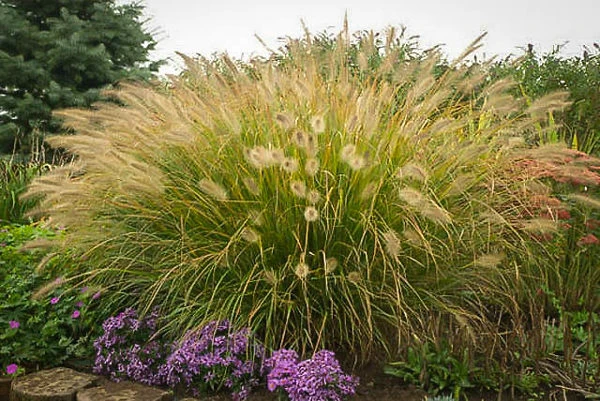
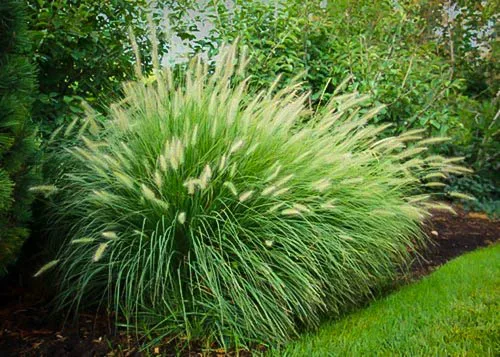
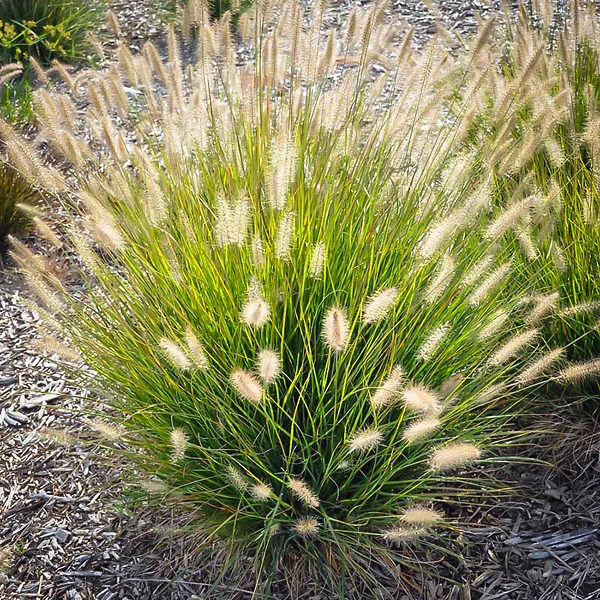
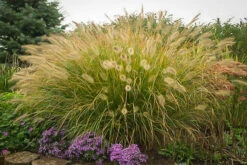
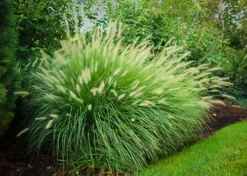
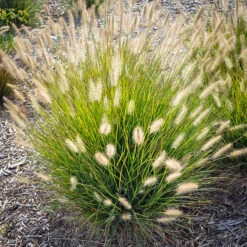



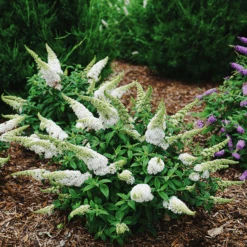
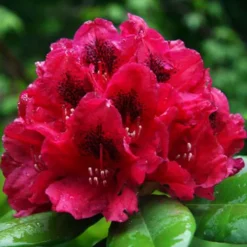

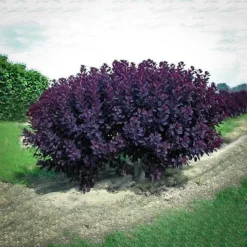
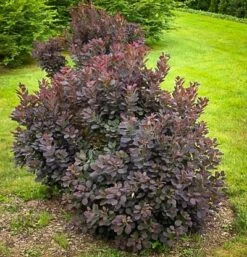



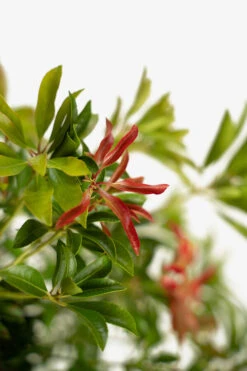
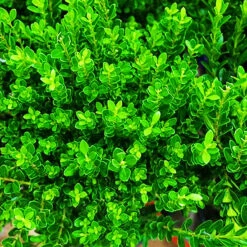

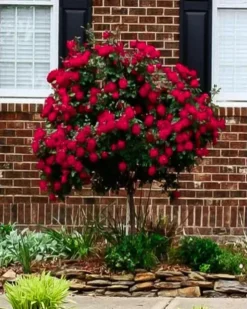

Reviews
There are no reviews yet.